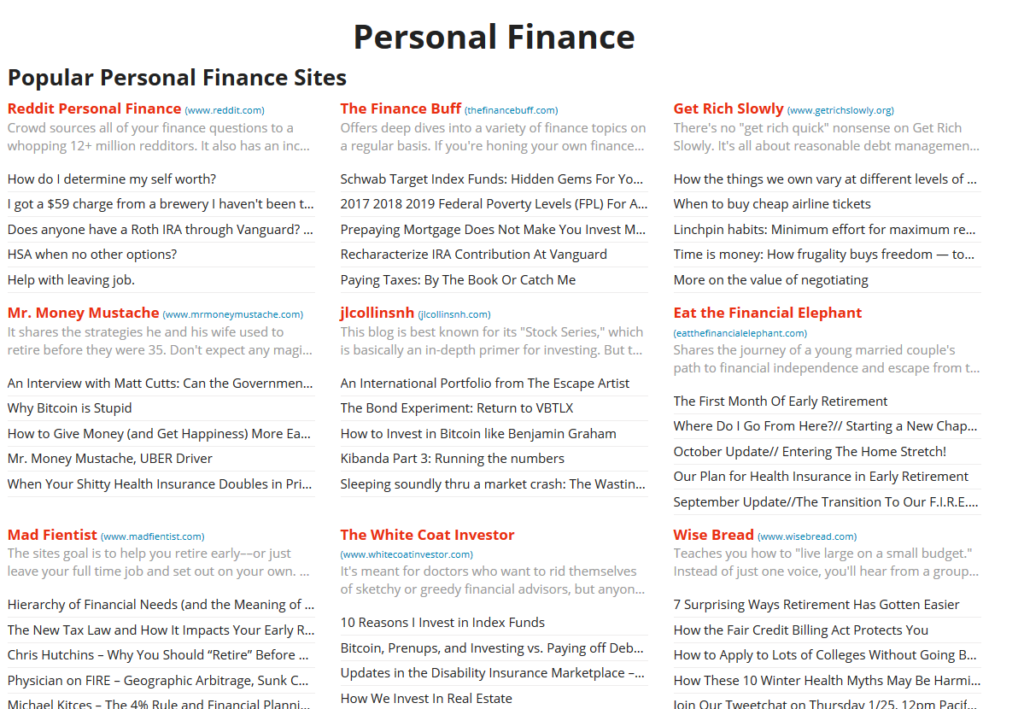
Blink. Blink. Blink.
You know the sight—the familiar on, off as the cursor blips in and out, hovering dormant at the top of an empty page. It’s the familiar backdrop of someone who wants to write great content, but simply has no idea how to create it.
Sound familiar? You’re not alone. According to the Content Marketing Institute, 60% of B2B marketers say creating engaging content is their main struggle.
It’s not so difficult to write a lot of words. But can you write the words that draw readers in, enhance reader engagement, and accelerate conversion rates? Read on for five steps to help you generate content that matters.
1. Analytics and Research: Let Your Readers Brainstorm Your Content
What makes content engaging? It’s not writing what you want to write. It’s better when content is a two-way street. A good piece of content is a little bit like a game of ping-pong: You only know it’s engaging when the other side taps the ball back your way.
Your best bet for brainstorming new ideas is to start with those trends on which your readers are already clicking. Here are a few suggestions:
- Read your own analytics. If you run Google Analytics, head over to Search Queries to see which phrases your readers are using to find you online. Some of these phrases may be arbitrary and meaningless, especially if you’re starting with a small audience. But over time, you’ll get a sense of which of your topics most engage your readers.
- Stay up on trends. Alltop.com is a valuable resource for identifying buzz and trends in a hurry. You don’t want to steal here—but you do want to find out what people are talking about. Have a look at all of the specifics we found when digging through just one topic:

- Find keyword suggestions to influence topics. Neil Patel’s Ubersuggest is a valuable tool here. Entering the keyword “blog ideas,” you’ll find that the more specific “Topics to Write About” has a search volume of 9,900 per month. This can inform the title and angle of a specific topic. Rather than write “10 Article Ideas to Start Your Editorial Calendar,” you might focus it around the “topics to write about” keyword and create topic suggestions instead.
2. Narrow Your Focus
Suffering from “editorial calendar block”—only slightly less well-known than “writer’s block”—usually springs from the same cause: You’re trying to do too much.
Your content isn’t for everyone. It may not even be for everyone within your specific market. Writing vague articles designed to appeal to everyone has the counterintuitive effect of crushing whatever it is that makes your site engaging in the first place.
Remedy this by narrowing the focus of your content topics. As you brainstorm, always look for a way to narrow each post down to its essence.
For example: “Productivity tips” is vague. Go a step deeper using Ubersuggest and you’ll end up with more intriguing posts like Productivity Tips at the Office or Reviewing the 10 Top Productivity Apps on Android. Still too vague? You can repeat this process until you end up with wholly unique concepts that still resonate with your market.
3. Create an Editorial Calendar that Breathes
If this is your first time creating an editorial calendar, you’ll face certain temptation. You’ll want to bite off more than you can chew.
To create an editorial calendar that “breathes,” take the following into consideration first:
- Do your content writers/editors have enough time to complete the scheduled posts on time? If not, why?
- Is your editorial calendar full of vague keywords, which requires writers to spend more time filling in the blanks? If so, plan for that time.
You have time. Boosting your search engine placement is a bit like building credit: as long as you regularly make the payments, the score will go up over time.
Attempting to do too much ends up with poorly-researched and inarticulate posts. Value consistency, not perfection.
This Editorial Calendar Template from Hubspot is a great place to start. Rather than force-feeding you overly ambitious due dates, it lets you enter them in yourself. Feel free to start slowly as you build your instincts for what “works.”
4. Define Your Goals
What do you want your site to look like?
If you have no idea, then the editorial calendar will reflect that reality. Establishing a vision for consistently engaging content will help you gauge the value of that content.
Here are some specifics:
- Come up with one or two other sites you’d like to emulate. There’s no stealing going on here. But if a particular site inspires you, mention it to your writers! Don’t say “cook a great dinner”—tell them whether you want steak or not.
- Create a “contributor’s guideline” document. This establishes the standard for your future content. It doesn’t matter if you’re creating guidelines for articles, videos, whitepapers, or case studies. The point is having the guidelines in place. If you have this document handy, you have a blueprint for success.
5. Adapt to Readers’ Tastes
You’re going to create articles that some people simply don’t care about.
This isn’t a bad thing. After all, you tried to create engaging content and produce value for your readers. It’s just how humans are. We’ll collectively look at a piece of content, shrug, and say “meh.”
What’s important is that you learn from these failures.
Your readers’ feedback is the final part of the editorial calendar. It’s your ongoing feedback that informs you which posts are working, which aren’t, and whether you need to stay the course or plot a new track. Make sure you run sophisticated analytics on your content to get a handle on which posts are performing the best, including:
- Low bounce rates. Getting a lot of traffic to a piece is great—but not if everyone immediately clicks “back.”
- Conversions. Does your content draw people toward “Contact Us”—or do people simply read and move on?
Keep these ideas in mind as you create your editorial calendar. If you keep your focus on the ping-pong interaction between you and your readers, you’ll eventually figure out your unique formula for engagement.
Events, Resources, + More
The Ultimate Guide to End-to-End Content
Discover why + how an end-to-end approach is critical in the age of AI with this comprehensive white paper.
The Content Advantage Book
The much-anticipated third edition of the highly rated book by Colleen Jones is available at book retailers worldwide. Learn more!
20 Signs of a Content Problem in a High-Stakes Initiative
Use this white paper to diagnose the problem so you can achieve the right solution faster.
Upskill with Content Science Academy
Training for modern content roles through on-demand certifications + courses or live workshops.






Comments
We invite you to share your perspective in a constructive way. To comment, please sign in or register. Our moderating team will review all comments and may edit them for clarity. Our team also may delete comments that are off-topic or disrespectful. All postings become the property of
Content Science Review.